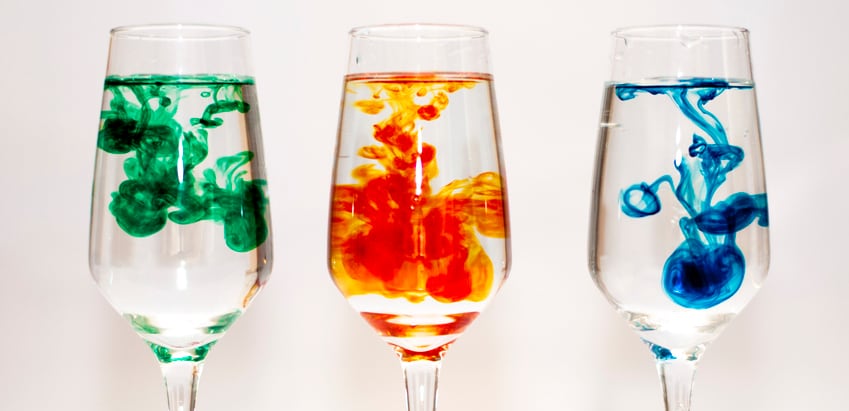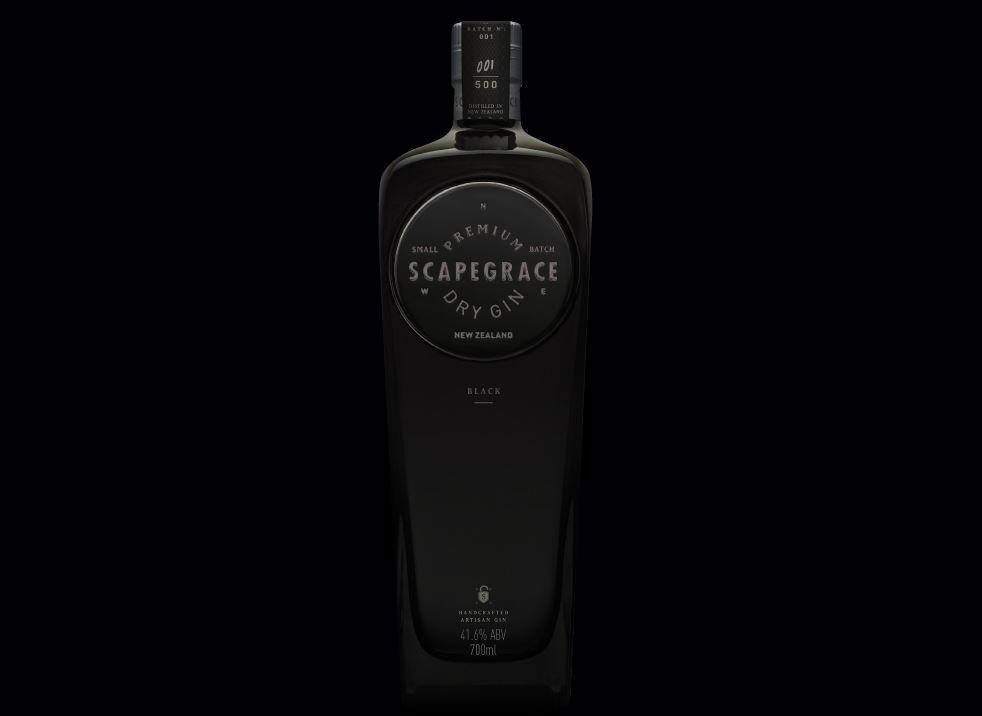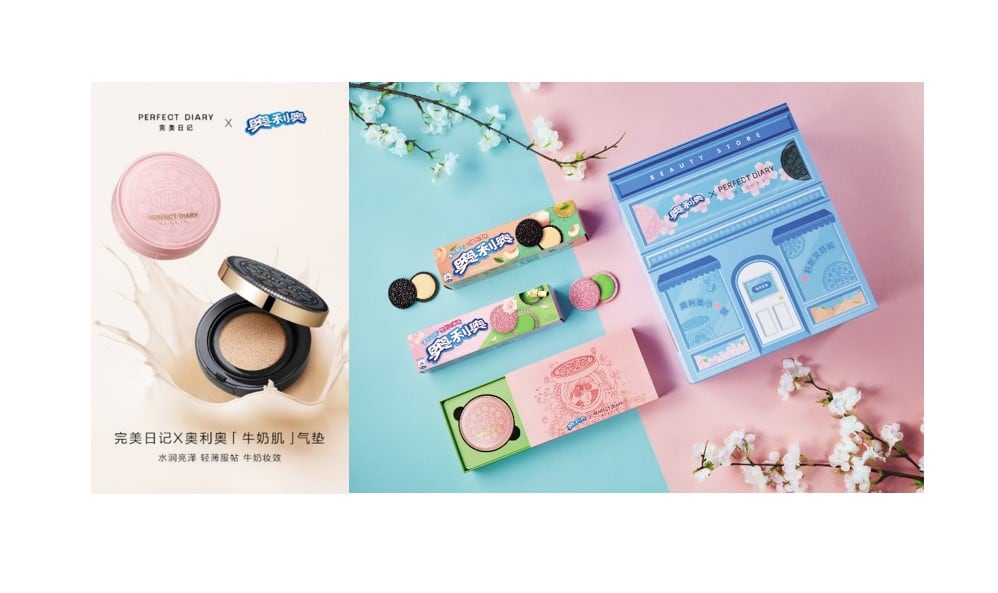Based on a study by FMCG Gurus, 61% of consumers in APAC now feel that it is important for their colours in food and beverage to be natural versus 68% in Europe.
According to ingredient suppliers Chr Hansen and GNT, one of the reasons there was greater concern in the West was the ‘Southampton Six’ study on artificial colours which helped change both consumer attitudes and regulations in Europe.
The study highlighted an adverse effect between six artificial colours (tartrazine, allura red etc) and attention span in hyperactive children, with EU introducing warning labels for those colours in 2010.
However, in APAC the trend was slower to catch-on, with the exception being Australia.
Carel Soo, regional marketing manager of natural colours at Chr Hansen Singapore, said: “In Australia, you can easily find a product with a ‘no artificial colours’ claim on the front of pack across categories, especially those targeted at young children. This is driven by consumers demand for cleaner products.”
According to her, consumers tend to associate ‘natural’ with being healthier, better for me, better quality, tastier and even more sustainable.
However, “For the rest of the markets (in APAC), we don’t see this kind of communication widely practiced.”
According to Frost and Sullivan’s senior consultant of chemical, materials & food, Diego Shimizu, the health and wellness trend sweeping the region will help drive the growth of natural and clean colours in the region.
Categories
Colours are broadly classified into artificial additive colours, natural additive colours (made from natural raw materials but processed with chemicals) and Colouring Foods (minimally processed, e-number free, considered clean label).
Both Chr Hansen and GNT said Colouring Foods were most often used in products targeted for children such as confectionery, bakery and ice cream.
In addition, Shimizu said non-alcoholic ready to drink beverages was another category where natural colours were being used. He cited spirulina used to impart the blue colour in sports drinks, or the green in green juices.
Another growing area is plant-based food and drinks according to Victor Foo, general manager at GNT Singapore. “Colouring Foods are ideal because they’re plant-based colors, fitting perfectly with consumer demands for clean-label choices.”
Soo added that consumers also expect products that have a natural and healthier positioning like dairy to be free from artificial colours and naturally coloured.
Challenges in colour applications
Making it natural and clean solves the health and wellness aspect but applying it into applications is another set of challenges.
Stability, cost, and intensity are some challenges.
For instance, the shade may change as a result of the pH of the base product, or from heat used in the production process. Natural colours, as they are obtained from natural raw materials, may also not be as vibrant and intense as artificial colours.
Natural colours typically come in liquid forms and required cold storage. However, recent years have seen powder formats coming up, which greatly extended the shelf life of the colouring and omitting the use of cold chain.
In addition, cost is another important factor. Shimizu said natural colours were more expensive to produce than artificial colours.
However, Soo pointed out that in general, the cost of colour used in a product is rather low with respect to the total cost for manufacturers.
And while consumers are increasingly wanting minimally processed products, and fewer artificial ingredients, Shimizu said it still boiled down to price for many.
Regulations
The experts agreed that the regulations around artificial colours were not as stringent in APAC compared to Europe, but this would change with time.
According to Foo, China and Indonesia were enforcing restrictions on the amounts and types of artificial colours that can be used. In Thailand, any e-numbers in food products have to be stated on the ingredient list.
In Japan, colourings are considered food additives, hence regulations are stringent.
For Chr Hansen, China, India and Indonesia are its biggest markets with potential growth. Soo added that South East Asian markets like Thailand and Vietnam are also set for expansion as they are well-equipped with mature manufacturing and supply chain system.
Similarly, for GNT, China, Thailand, South Korea and Taiwan are the biggest markets for its Colouring Foods. The company even launched a Chinese name for its EXBERRY products (爱百瑞) to reflect the huge demand in the country for clean-label colours.
Upcoming trends
Beyond the demand for natural and clean colours, we asked the experts about the next trends in the colouring industry.
Traditionally, people look at food colour as an indication of flavour, taste and even safety, however all agreed that technology has led to the ‘Instagrammability’ factor among consumers.
Soo said the ‘Eat with your Eyes’ trend is here to stay and bright and vivid colours would continue to attract consumers.
For Shimizu, colours associated to nature such as blue and green will continue to be trending.
Every year, GNT predicts the F&B colour of the year, and Shades of Aqua is this year’s trend.
According to Foo, the blues and greens are associated with nature, and it can help consumers to relax and feel calm. Coupled with the COVID-19 pandemic, these factors would appeal to consumers.
Foo added there was also a lot of interest in yellows and orange, which can spark moments of joy. GNT calls it ‘sunshine shades’.
For Soo, pastel colours will continue to be in trend. “In some markets, pastel colours may be deemed as more ‘natural’ compared to foods that are brightly coloured.”
Shimizu said other colours such as red, brown and white were also increasingly used, particularly driven by the plant-based trend.
“White is used for plant-based fish or chicken, and red and brown for plant-based meats.”
Foo agreed: “Colouring Foods can be used to create plant-based burgers that look just like the real thing. That visual appeal is vital for product success.”




